Imagine a world where creatures lose control of their own minds, compelled to do the bidding of invisible masters.
This isn’t the plot of a science-fiction thriller—it’s the astonishing reality of parasitic manipulation.
Across the planet, certain parasites have evolved the eerie ability to hijack their host’s behavior, transforming them into unwitting puppets.
From insects to mammals, no group is entirely safe from these subtle invaders.
The diversity and ingenuity of these “zombie makers” defy belief, revealing nature’s strangest strategies for survival and reproduction.
1. Ophiocordyceps unilateralis: The Ant Puppetmaster
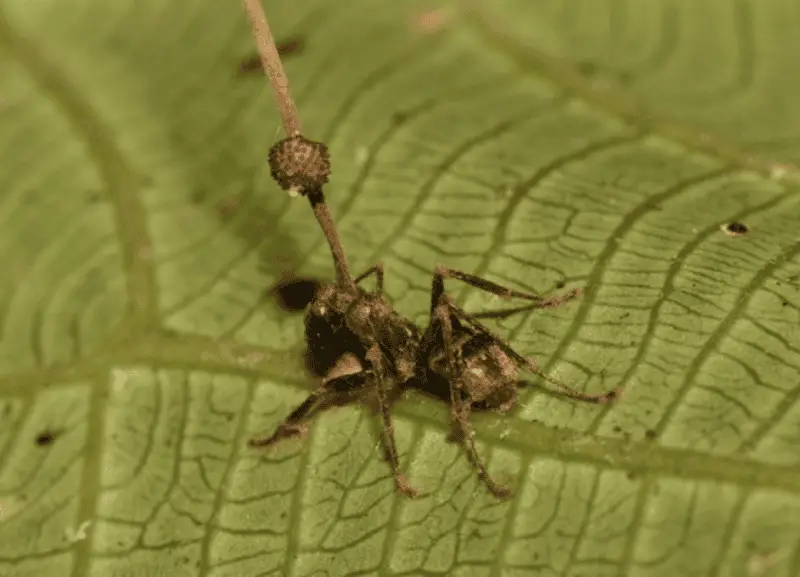
Deep in tropical forests, Ophiocordyceps unilateralis infects unsuspecting carpenter ants, commandeering their nervous systems.
The fungus compels its host to leave the safety of its colony, climb vegetation, and clamp onto a leaf in a “death grip.”
There, the ant dies, and the fungus erupts from its body, releasing spores to infect new victims.
Research by David Hughes at Penn State has uncovered the sophisticated, almost surgical precision of this parasite’s life cycle.
2. Toxoplasma gondii: The Cat’s Mind-Bending Ally

Toxoplasma gondii is a microscopic parasite that rewires rodent brains, erasing their instinctive fear of cats.
This manipulation increases the chance rodents are eaten, allowing the parasite to complete its life cycle inside a feline host.
Toxoplasma is astonishingly widespread—even humans can harbor it, with ongoing debate about its subtle effects on our behavior.
Learn more about this enigmatic parasite’s reach and influence.
3. Dicrocoelium dendriticum: The Lancet Liver Fluke
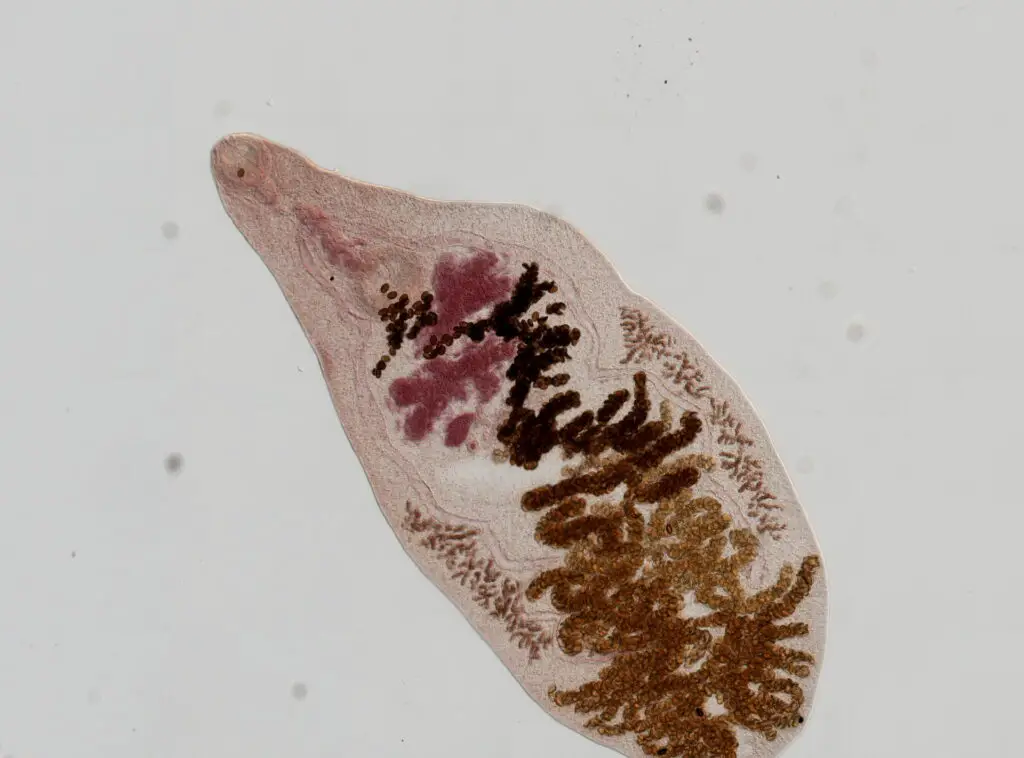
The journey of Dicrocoelium dendriticum is a marvel of evolutionary cunning.
This liver fluke passes from snail to ant, then manipulates infected ants to climb and cling to grass blades at dusk.
There, they become easy prey for grazing mammals—its final host.
The parasite’s multi-host lifecycle and precise behavioral control are stunning examples of nature’s complexity.
Learn more about this extraordinary survival strategy.
4. Spinochordodes tellinii: The Cricket Drowner

The hairworm Spinochordodes tellinii demonstrates an astonishing form of control over its cricket hosts.
After maturing inside the insect, it manipulates the cricket’s brain, driving it to leap into water—an environment where crickets would never willingly go.
There, the worm escapes to reproduce.
This aquatic mind control has also evolved in other insect-manipulating parasites, highlighting a remarkable convergence in nature’s playbook.
Learn more about this eerie phenomenon.
5. Leucochloridium paradoxum: The Pulsating Snail Invader
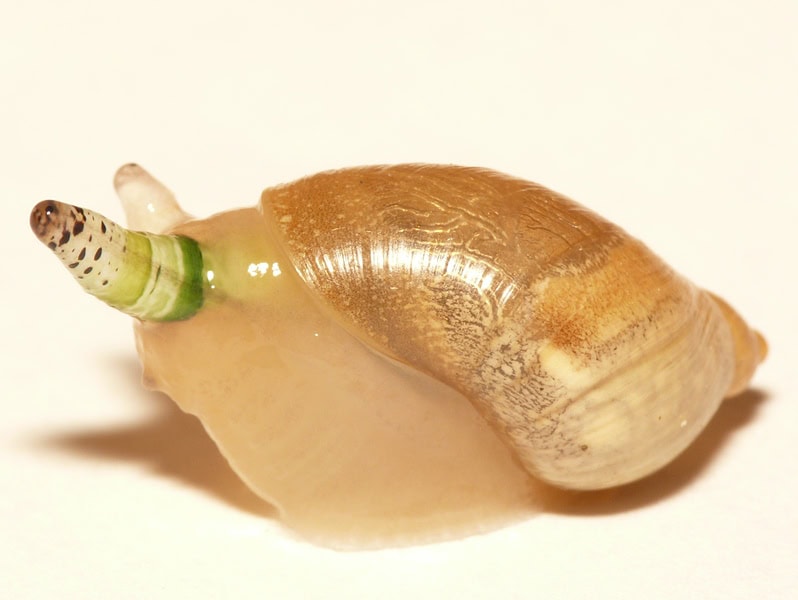
The flatworm Leucochloridium paradoxum transforms the eye stalks of snails into bizarre, pulsating beacons that resemble caterpillars.
These colorful and rhythmic displays attract hungry birds, which unwittingly become the parasite’s next host.
Not only does the flatworm alter the snail’s appearance, but it also manipulates its behavior, encouraging exposure to predators.
Learn more about this remarkable instance of visual mimicry and mind control.
6. Euhaplorchis californiensis: Fish on Display
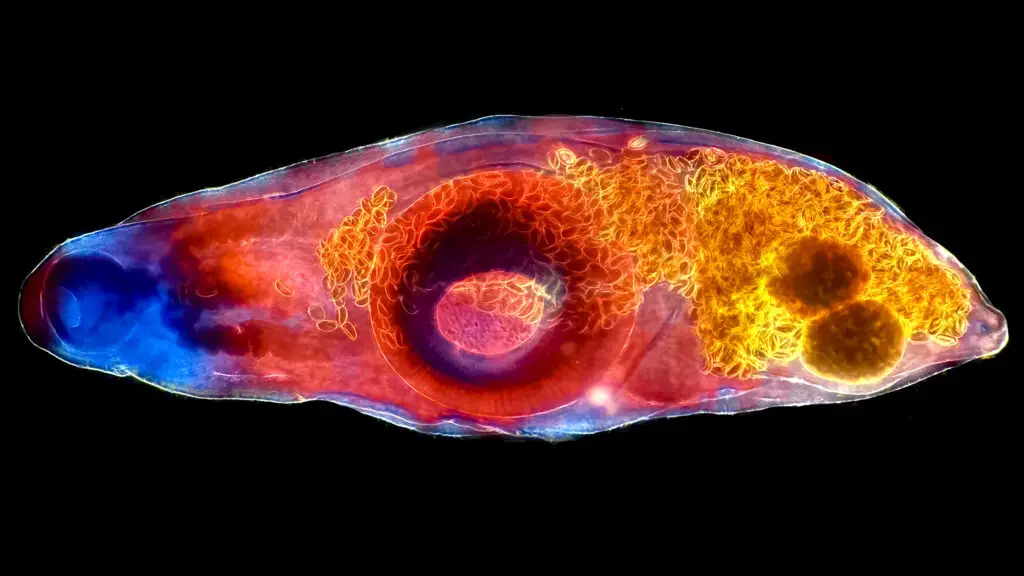
The trematode Euhaplorchis californiensis invades the brains of California killifish, causing them to swim erratically and perform conspicuous “dance” displays near the water’s surface.
These altered behaviors make them more visible to predatory birds—the parasite’s next host.
Studies show the trematode even triggers specific neural changes to orchestrate this risky performance.
Learn more about this dramatic case of aquatic mind control.
7. Glyptapanteles wasp: Caterpillar Bodyguard
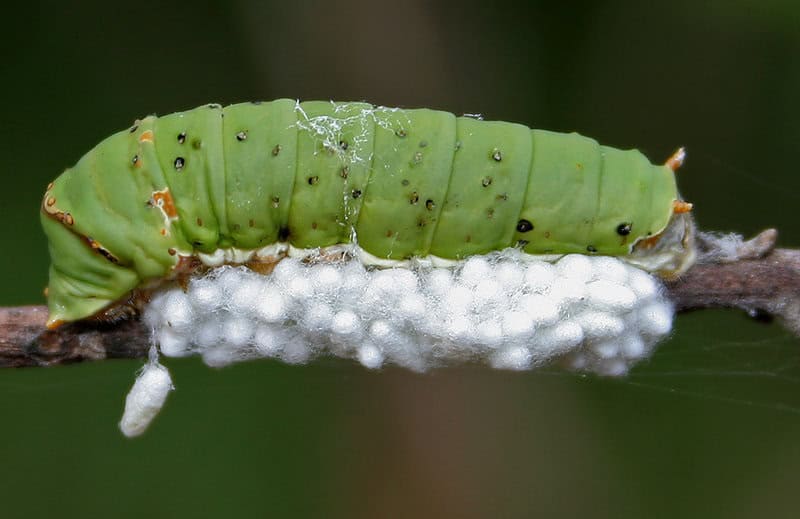
The Glyptapanteles wasp takes parasitic mind control to a new level.
After the wasp larvae exit their caterpillar host, the caterpillar remains nearby, acting as a motionless bodyguard and defending the vulnerable pupae from predators.
This astonishing manipulation, observed in other parasitic wasps as well, turns the host into a living shield—often at the cost of its own life.
Learn more about this extraordinary wasp strategy.
8. Sacculina carcini: The Crab Castrator
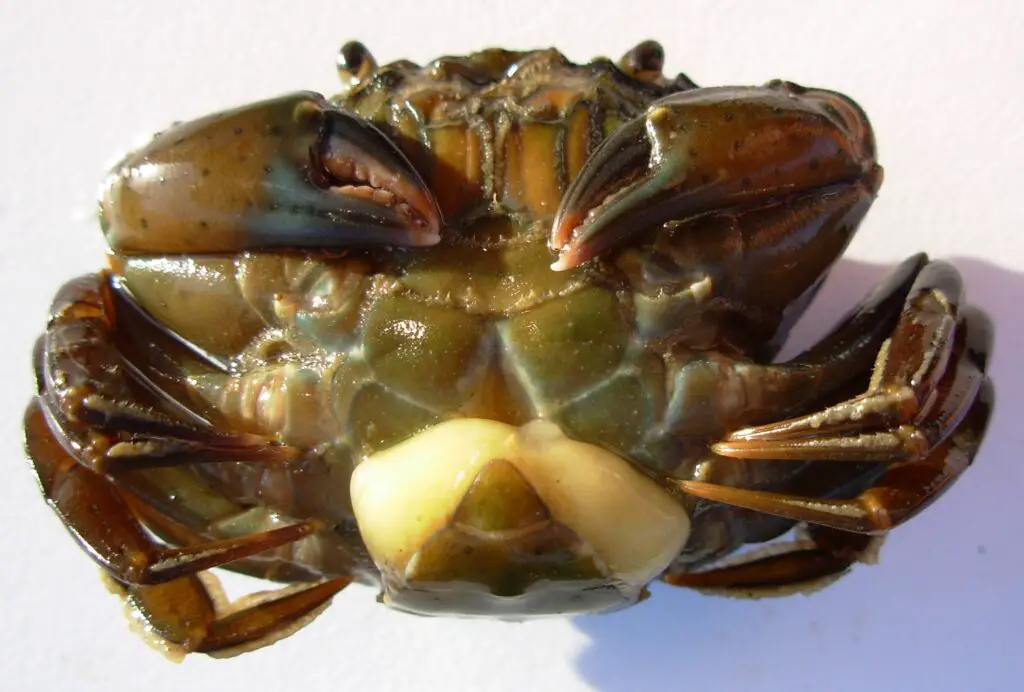
The parasitic barnacle Sacculina carcini invades crabs, infiltrating their bodies and hijacking both physiology and behavior.
Infected crabs stop reproducing and instead care for the parasite’s offspring, even performing egg-caring behaviors.
Male crabs are feminized, exhibiting traits and actions typical of females.
This extraordinary manipulation ensures the parasite’s survival and propagation.
Learn more about this real-life crab “zombification.”
9. Hymenoepimecis argyraphaga: The Spider Sculptor
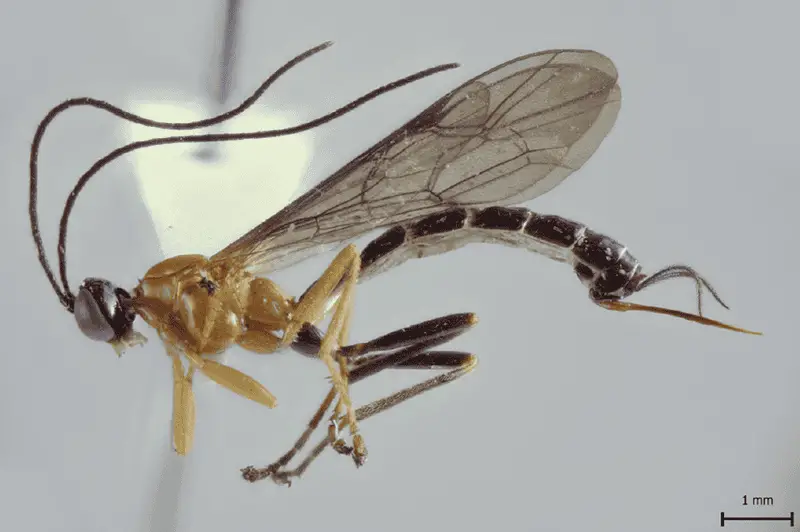
The Costa Rican wasp Hymenoepimecis argyraphaga demonstrates remarkable mind control by injecting venom into orb-weaving spiders.
The altered spiders are compelled to spin highly specialized webs—perfect platforms for the wasp’s larvae to cocoon.
Once the web is complete, the wasp larva paralyzes and devours its host.
This intricate behavioral manipulation is a stunning example of parasitic precision.
Learn more about this “spider sculptor” in action.
10. Rabies Virus: Aggression Unleashed
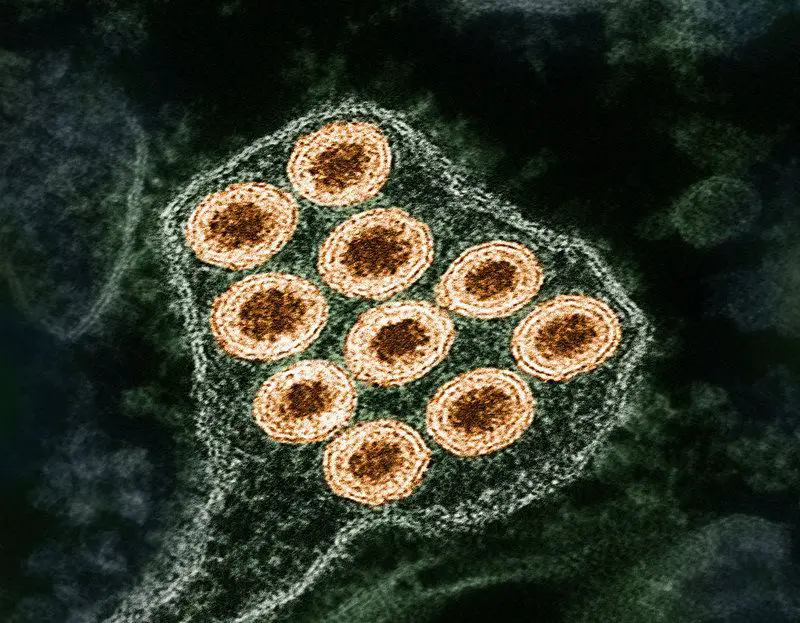
The rabies virus is a chilling example of a pathogen manipulating animal behavior.
By inflaming the nervous system, it triggers intense aggression and compulsive biting in mammals, ensuring the virus spreads through saliva during attacks.
This strategy is echoed by other viruses that alter host behavior for their own benefit, but rabies remains one of the most dramatic cases.
Learn more about this classic viral mind-controller.
11. Toxocara canis: The Puppy Parasite
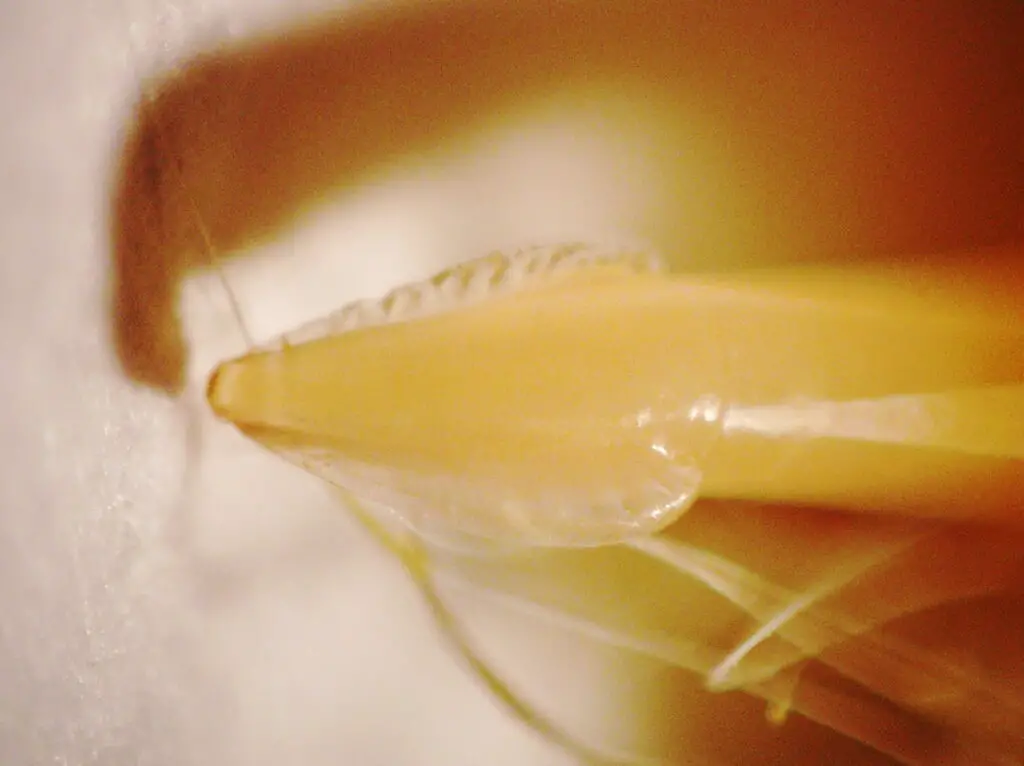
The roundworm Toxocara canis subtly alters the behavior of infected rodents, making them sluggish and less cautious.
This increased vulnerability raises the odds they’ll be eaten by dogs, the parasite’s ultimate host.
Such behavioral changes are a clever adaptation, ensuring the roundworm’s life cycle continues.
Learn more about these puppy-infecting parasites and their unusual tactics.
12. Myrmeconema neotropicum: The Berry Mimic
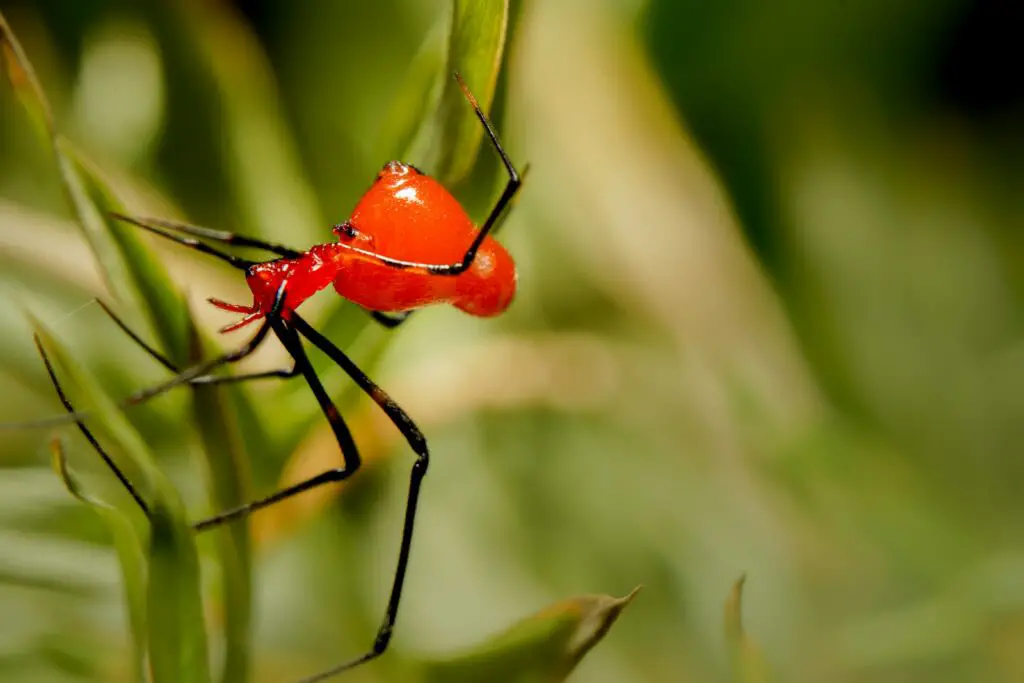
The nematode Myrmeconema neotropicum transforms its ant hosts in a truly bizarre way.
Infected ants develop bright red, berry-like abdomens, making them irresistible to fruit-eating birds.
When birds consume these “berries,” they become the next step in the parasite’s cycle.
Learn more about this remarkable mimicry and how it manipulates both ants and birds for survival.
13. Polymorphus paradoxus: Duck Decoy

The acanthocephalan worm Polymorphus paradoxus manipulates tiny amphipods, driving them to swim near the water’s surface.
This risky behavior makes the amphipods easy targets for ducks, the worm’s next host.
It’s a striking example of cross-species mind control, with the parasite orchestrating encounters between prey and predator.
Learn more about this unusual aquatic decoy.
14. Rhabdocoela flatworm: Snail’s Night Out
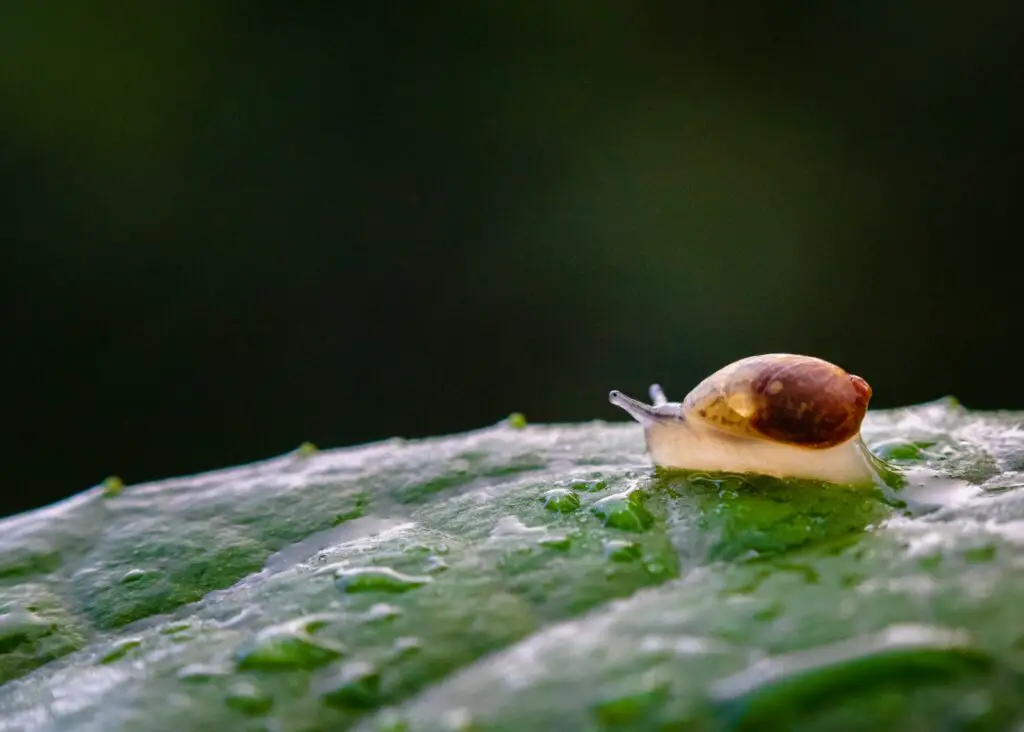
Some Rhabdocoela flatworms have evolved a clever way to spread: they manipulate snails to abandon their safe hiding spots, making them easy prey for predators.
This increased exposure boosts the flatworm’s chances of reaching its next host.
It’s another subtle, yet effective, example of parasitic behavioral control.
Learn more about this nighttime drama.
15. Drepanorhynchus tapeworm: Aquatic Acrobatics

The Drepanorhynchus tapeworm takes control of brine shrimp, causing them to swim in strange, erratic patterns.
This conspicuous behavior makes the shrimp more likely to be eaten by waterfowl, which are the tapeworm’s final host.
Such forced acrobatics are yet another example of parasitic manipulation in the aquatic world.
Learn more about these underwater puppet masters.
16. Strongwellsea fungus: Flying Dead
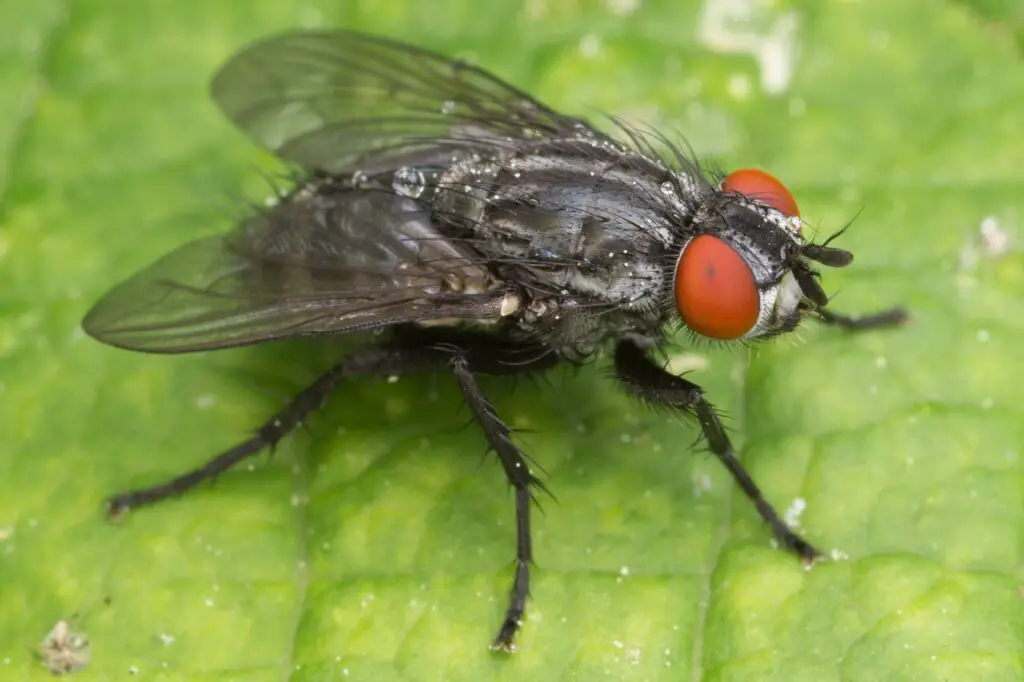
The Strongwellsea fungus infects flies in a particularly gruesome fashion.
While consuming the fly’s internal organs, it keeps the host alive and flying, ensuring maximum spore dispersal as the fly mingles with others.
This living death allows the fungus to spread efficiently throughout fly populations.
Learn more about this remarkable example of fungal mind and body control.
17. Wolbachia bacteria: Sex Switcher
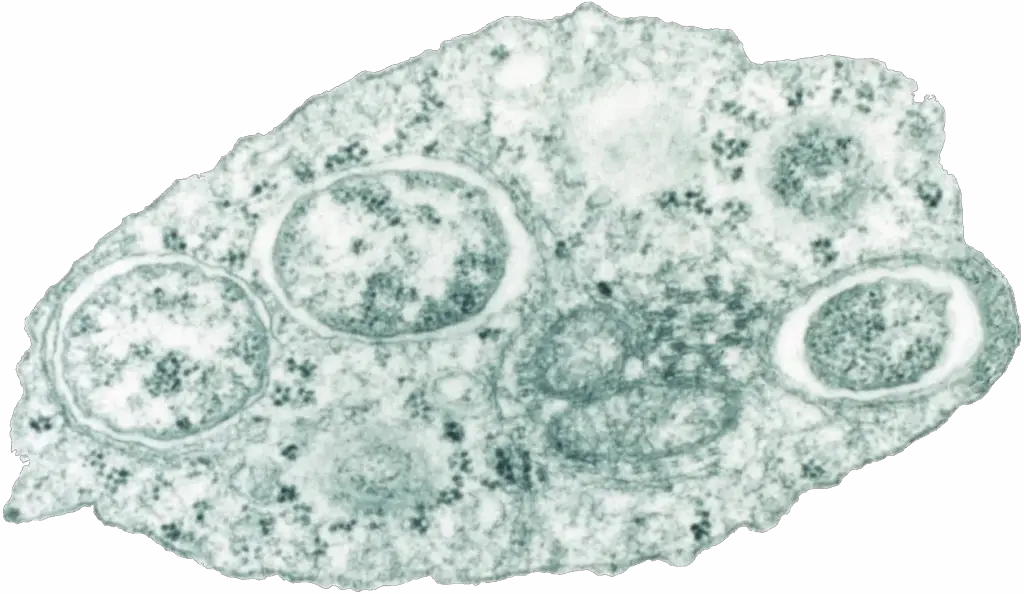
Wolbachia bacteria are master manipulators of insect reproduction.
These intracellular parasites can turn male insects into females, induce parthenogenesis (reproduction without males), or even kill male embryos—all to boost their own transmission through maternal lines.
Their influence is so profound that Wolbachia shape the evolution and population dynamics of countless insect species.
Learn more about these microbial mind-benders.
18. Nematomorph worms: Grasshopper Graveyard
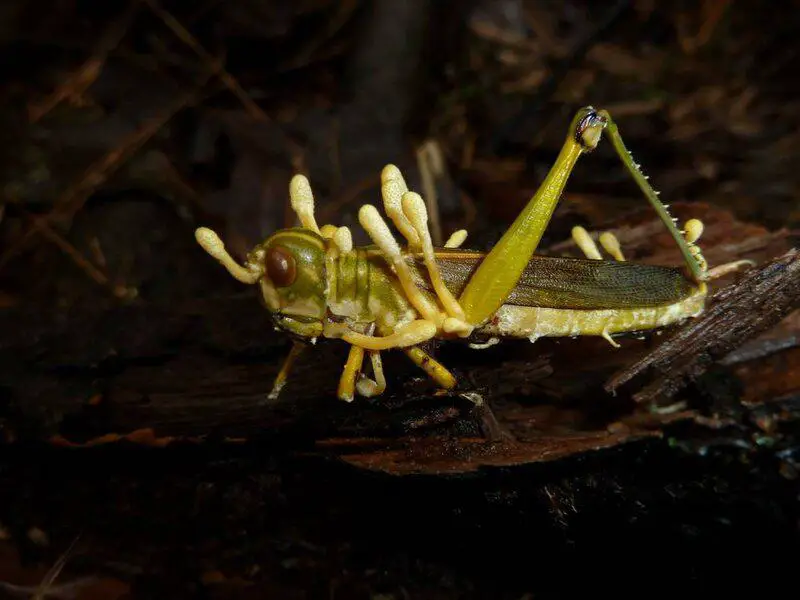
Nematomorph worms, or horsehair worms, infect grasshoppers and ultimately hijack their behavior, compelling them to leap into bodies of water.
This suicidal plunge allows the mature worm to escape and continue its life cycle, often at the cost of the grasshopper’s life.
Learn more about this dramatic form of parasitic control and its deadly consequences.
19. Cordyceps militaris: Moth Mummy Maker
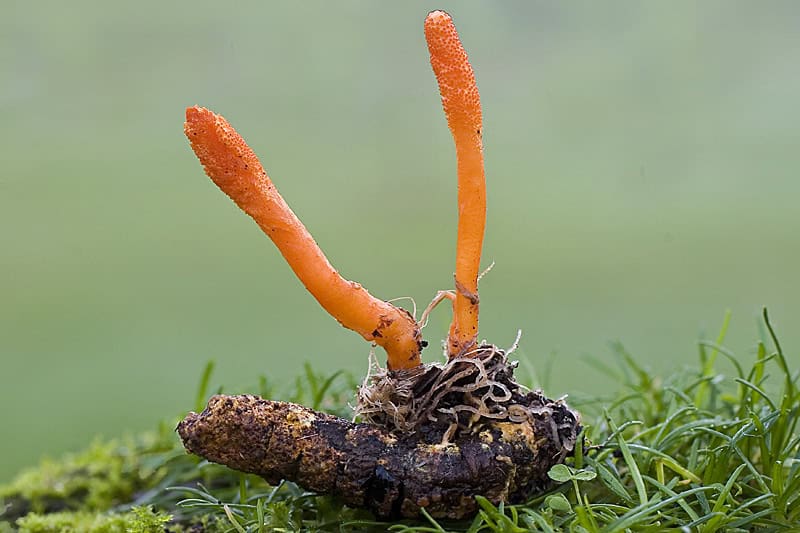
Cordyceps militaris targets moth larvae, taking over their bodies with chilling efficiency.
The fungus consumes the host from within, eventually mummifying the larva and sprouting bright orange fruiting bodies from the remains.
This transformation ensures spore dispersal and the continuation of the Cordyceps life cycle.
Learn more about this moth “mummy maker.”
20. Ribeiroia ondatrae: Frogs with Many Legs
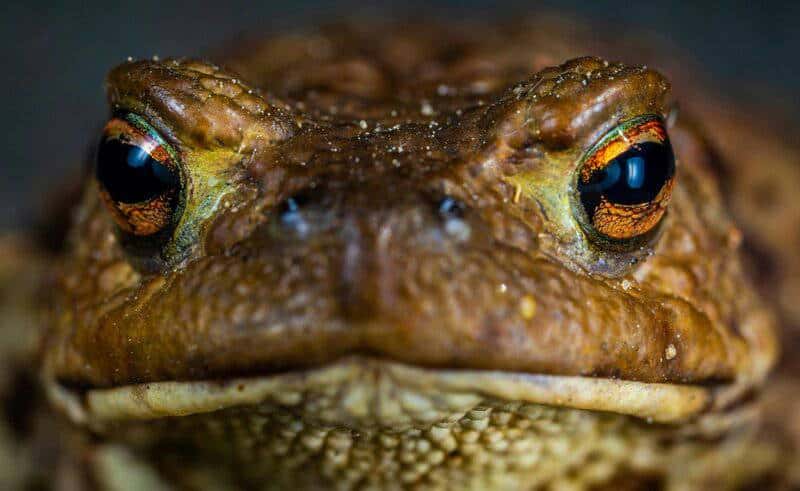
The trematode Ribeiroia ondatrae infects tadpoles, disrupting their development and causing dramatic limb deformities—often resulting in frogs with extra or malformed legs.
These handicapped frogs are much more likely to be caught by predatory birds, which serve as the parasite’s final host.
Learn more about this fascinating and unsettling manipulation of amphibian bodies.
21. Schistocephalus solidus: Stickleback Suicide
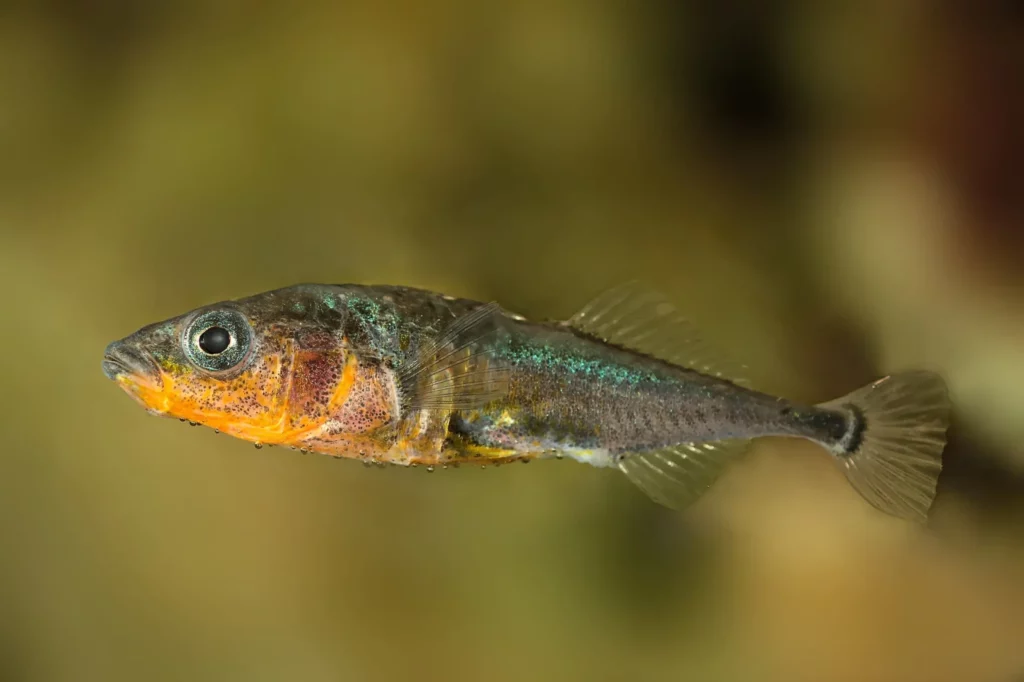
The tapeworm Schistocephalus solidus infects stickleback fish, subtly altering their behavior to make them bolder and less fearful of predators.
These infected fish swim closer to the surface and take more risks, dramatically increasing their chances of being eaten by birds—the tapeworm’s final host.
Learn more about this aquatic act of manipulation.
22. Horsehair Worms: Praying Mantis Hijack
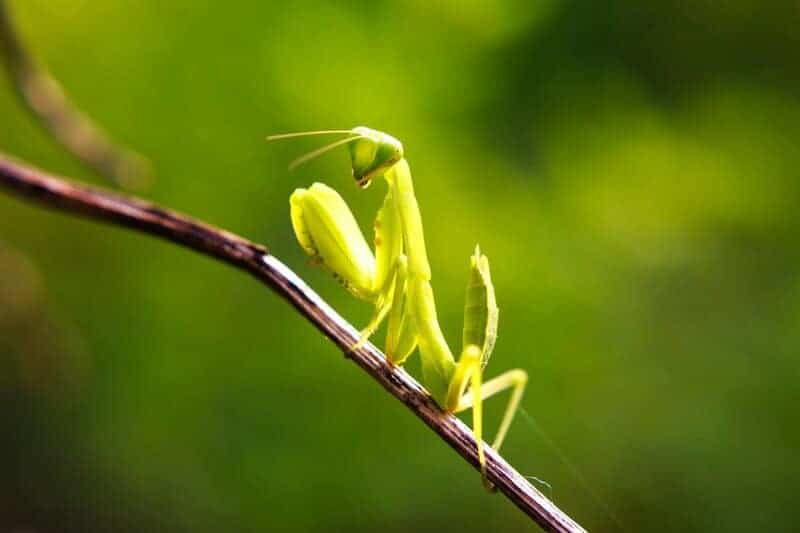
Horsehair worms don’t just target grasshoppers—they also infect praying mantises.
Once mature, the worm manipulates its host to seek out water and leap in, despite mantises being terrestrial.
Immersed, the worm exits its host to reproduce, often dooming the mantis in the process.
Learn more about this dramatic example of parasitic mind control in action.
Conclusion
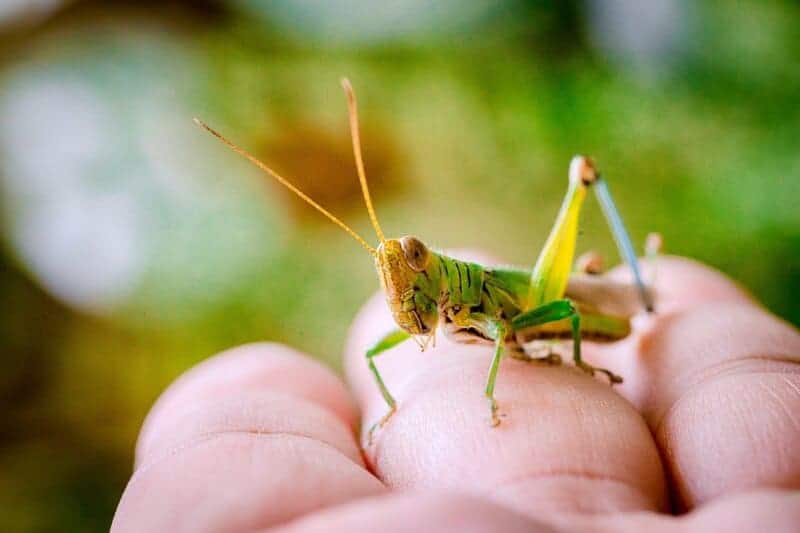
The world of mind-controlling parasites is as astonishing as it is unsettling.
From fungi that orchestrate insect suicides to worms and viruses that twist animal behavior for their own reproductive success, evolution has crafted truly bizarre adaptations.
These manipulations ripple through ecosystems, influence food webs, and even raise questions about subtle effects on human health.
Ongoing research continues to uncover new examples and mechanisms, deepening our understanding of nature’s complexity.
The next time you observe animal behavior, remember: sometimes, life’s true puppet masters are hidden from view.

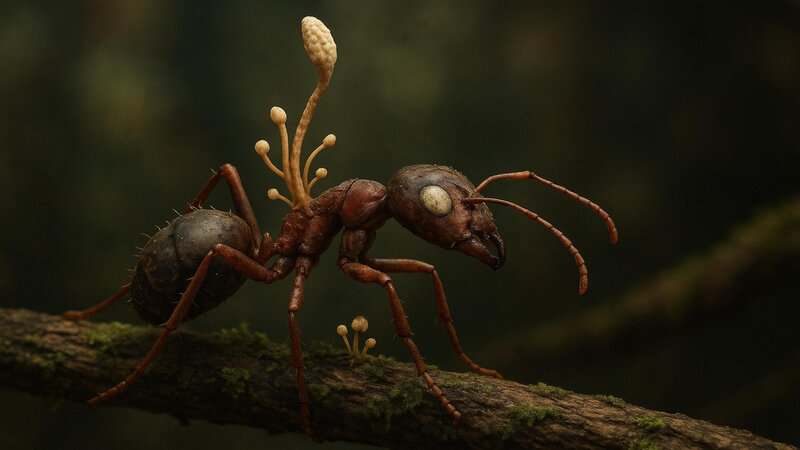

Vielleicht interessiert es Sie:
Wussten Sie! Minensuchratten auf dem Schlachtfeld und sie sind super effektiv!
Wie viele Giraffenarten gibt es? Leben sie alle in Afrika?
Der Vogel ist das Weibchen der Vögel: wahr oder falsch?
Warum bauen Biber Dämme? Welchen Nutzen?
Warum leben manche Tiere nachtaktiv? Welche Vorteile?
Küssen Tiere? Ist das die gleiche Bedeutung wie Menschen?
200+ Hilarious Seahorse Jokes That Will Make You Smile and Giggle
200+ Funny Investment Jokes to Boost Your Financial Humor Game